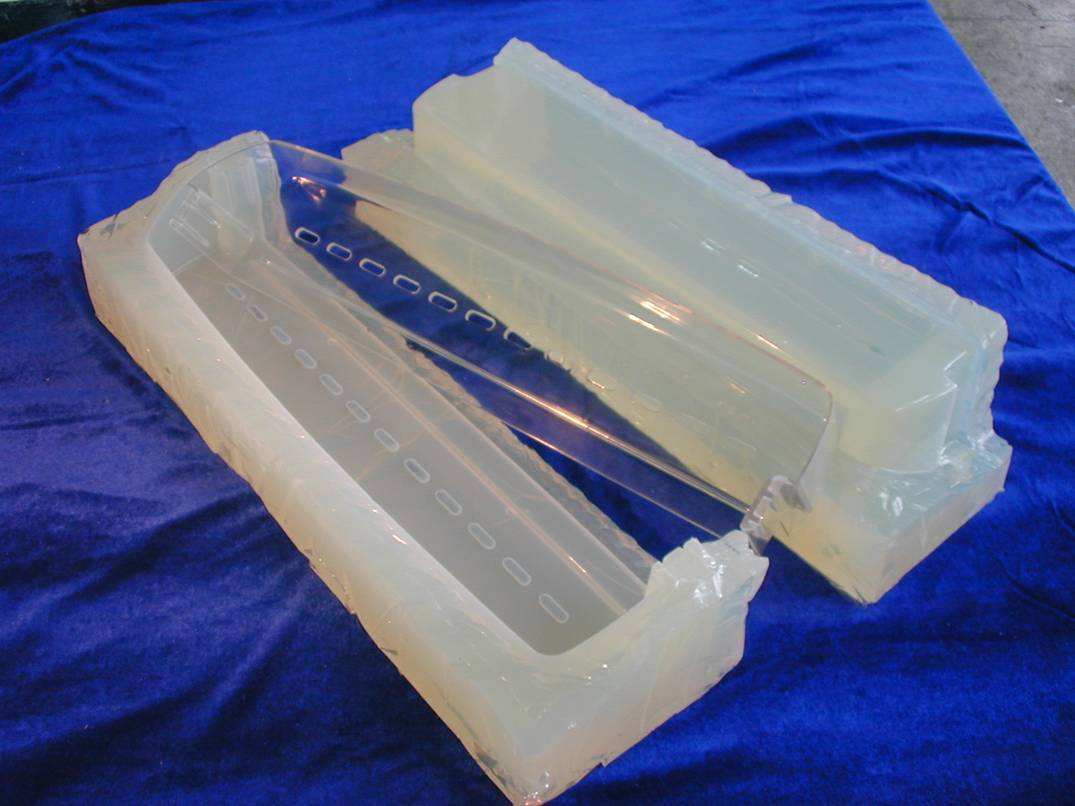
Wondering what would be a reliable way to make any prototype? Well, the vacuum casting technique tops the list in this case. Sometimes, it is also termed urethane casting or polyurethane casting, a commonly used method to develop plastic prototypes.
Vacuum casting is an undeniably flexible and effective technique for creating optimal rapid prototypes and useful parts in low volumes. Pourable casting resins and silicone molds are used to make high-end rapid prototypes. Under the normal casting process, the air in molds is likely to capture in the solid structure and air pockets that weaken the final product. Luckily, vacuum casting solves such issues.
The Process of Vacuum Casting
1. Making a Master Model
The master pattern is an industrial part created via rapid production techniques like CNC machine tools and 3D printing using the stereolithography method. Ensure the master model follows the accurate dimension to achieve quality final parts.
2. Producing Mold
When the master model is placed in the casting box, liquid silicone is poured all over. The treated silicone mold is then cut open and the master mold is removed, leaving an empty cavity behind, which is of precise shape and dimension as the original pattern.
3. Creating Casting Copies
Resins are combined to make sure the mixture contains the same properties as the industrial part. Specialists have all the information on the composition and properties of materials used for casting. They use gathered information to produce a resin with valuable properties. Then, the mixture is poured into an empty cavity to create the desired product.
Why Prefer Vacuum Casting Method?
· Fast Results
The process of vacuum casting is quick and helps you achieve optimum working models in a few days. So, if you have a strict deadline to meet, opt for the vacuum casting method to get the final product ready promptly.
· Minimum Cost of Production
As silicone is a relatively economical material and mold can be reused multiple times for prototypes, the process enjoys a reduced cost of production than other traditional approaches.
· Great Product Quality
Alongside the fast process, vacuum casting also produces premium-grade final products featuring better structural properties, hardness, and rigidity. The air pockets are removed in the end part to improve mechanical properties.
· Better Product Finish
As silicone is a mold material, you can expect the final product to be in an excellent finish and resemble the master pattern well.
· Vacuum Casting Materials
If you’re a designer, engineer, or any professional, you’d know prototyping is the best process for product development. Choice of materials should reflect specific requirements for thermal, mechanical, and physical properties. Materials used may include thermoplastics, resins, and rubber, which has a few characteristics, such as:
ü Surface texture
ü Transparency
ü Strength
ü Flexibility
ü Hardness
ü Temperature resistance
ü UV stability
ü Physical appearance quality
ü Color
Materials include:
ü Rubber – high flexibility
ü ABS – great strength and rigidity
ü Polypropylene and HDPR – elasticity
ü Polyamide and glass-filled nylon – rigid
ü Polycarbonate and PMMA – shock and temperature resistance
You can always count on Uidea's diverse experience and proficiency to proceed with rapid prototyping in the most comprehensive manner to gain desired results. We’d be glad to offer valuable advice and guidance for any prototyping requirement.
















